Best Practices Articles

The Role of Positioning in Buyer Choices: Insights for B2C and B2B SaaS Markets Introduction
In the dynamic world of retail and business-to-business (B2B) sales, the battle for buyer preference is fiercely fought over four primary buying drivers: brand, quality, price, and selection. These factors shape the purchasing decisions of consumers and businesses alike, but their relative importance varies significantly across different income and revenue segments. Understanding how these drivers influence choices among different retailers and B2B SaaS providers can provide valuable insights for businesses aiming to optimize their market positioning.
Key Buying Drivers
The four fundamental drivers that steer purchasing choices are:
- Brand: The reputation and image of the retailer or provider.
- Quality: The perceived quality of products or services offered.
- Price: The cost of products or services.
- Selection: The variety and availability of products or features.
Consumer Income Segments and Retailer Preferences
Consumers' preferences for these buying drivers vary based on their income levels. Let's examine how different income segments prioritize these factors when choosing between retailers like Costco, Walmart, Target, Macy's, Nordstrom, and Saks.
Low-Income Segment
For low-income consumers, price is often the most critical factor. Retailers like Walmart and Costco are preferred due to their competitive pricing. However, brand and quality also play essential roles, albeit secondary to price.
- Walmart: Known for its low prices, Walmart appeals primarily to price-sensitive consumers. Despite offering a broad selection, it is the affordability that stands out as the main draw.
- Costco: Although Costco requires a membership fee, its bulk pricing and high perceived quality attract low-income consumers looking for value.
Middle-Income Segment
Middle-income consumers tend to balance their choices between price, quality, and brand. This segment is more discerning, seeking a blend of affordability and quality.
- Target: Target strikes a balance between price and quality, making it a favorite among middle-income shoppers. The brand is perceived as trendy and reliable, offering good quality at reasonable prices.
- Macy's: Macy's appeals to middle-income consumers who are willing to spend a bit more for higher quality and a better shopping experience. The brand and quality are significant drivers here.
High-Income Segment
High-income consumers prioritize quality and brand over price. This segment values the shopping experience and the prestige associated with certain brands.
- Nordstrom: Known for its high-quality products and exceptional customer service, Nordstrom attracts high-income consumers who prioritize quality and brand.
- Saks: Saks offers luxury brands and exclusive selections, making it a top choice for those who place a premium on brand prestige and product quality.
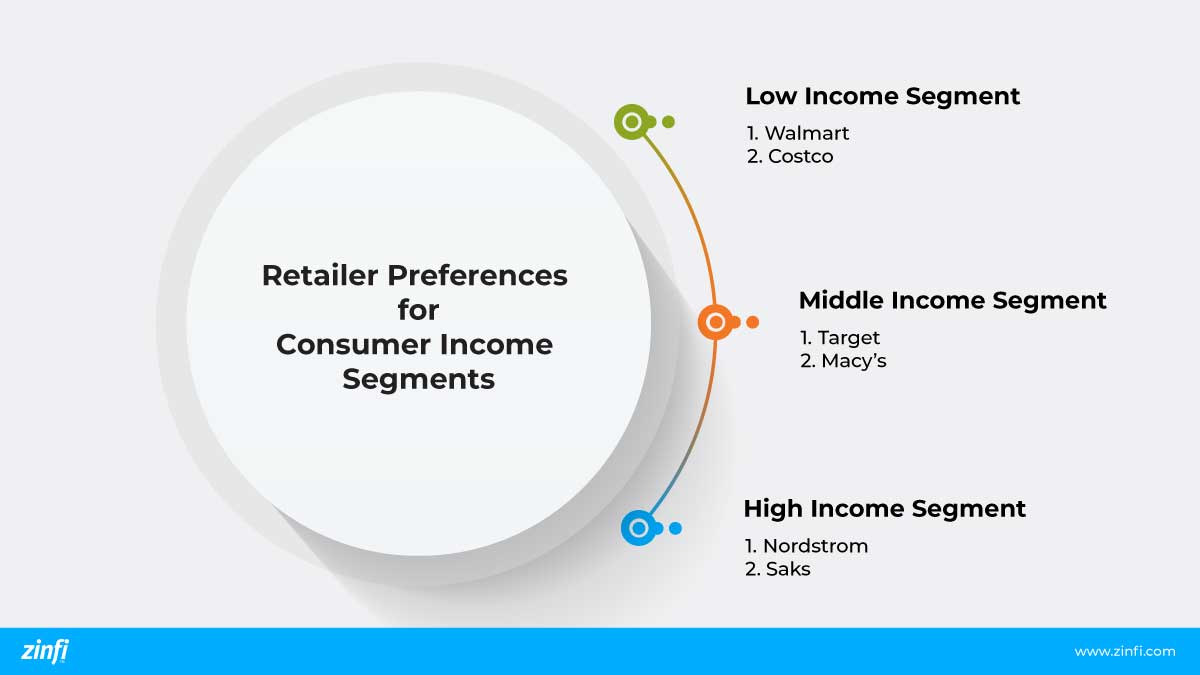
The Impact of Positioning
Positioning refers to how a retailer differentiates itself in the minds of consumers based on these buying drivers. Effective positioning aligns with the priorities of the target income segment, influencing their purchasing decisions.
Walmart and Costco: Price and Value
Walmart and Costco's positioning as cost-effective options cater directly to price-sensitive consumers. Their ability to maintain low prices while offering a broad selection helps them dominate the low-income segment.
Target: Balance and Trendiness
Target's positioning balances quality and affordability, appealing to middle-income consumers. The brand's trendy image and reliable quality make it a go-to retailer for those seeking value without compromising on quality.
Macy's: Quality and Experience
Macy's positioning emphasizes quality and shopping experience, attracting middle-income consumers willing to spend more for better products and services. The brand's reputation for quality and a wide range of selections supports this positioning.
Nordstrom and Saks: Luxury and Exclusivity
Nordstrom and Saks excel in positioning themselves as luxury retailers. Their focus on high-quality products, premium brands, and exceptional customer service appeals to high-income consumers who value exclusivity and prestige.
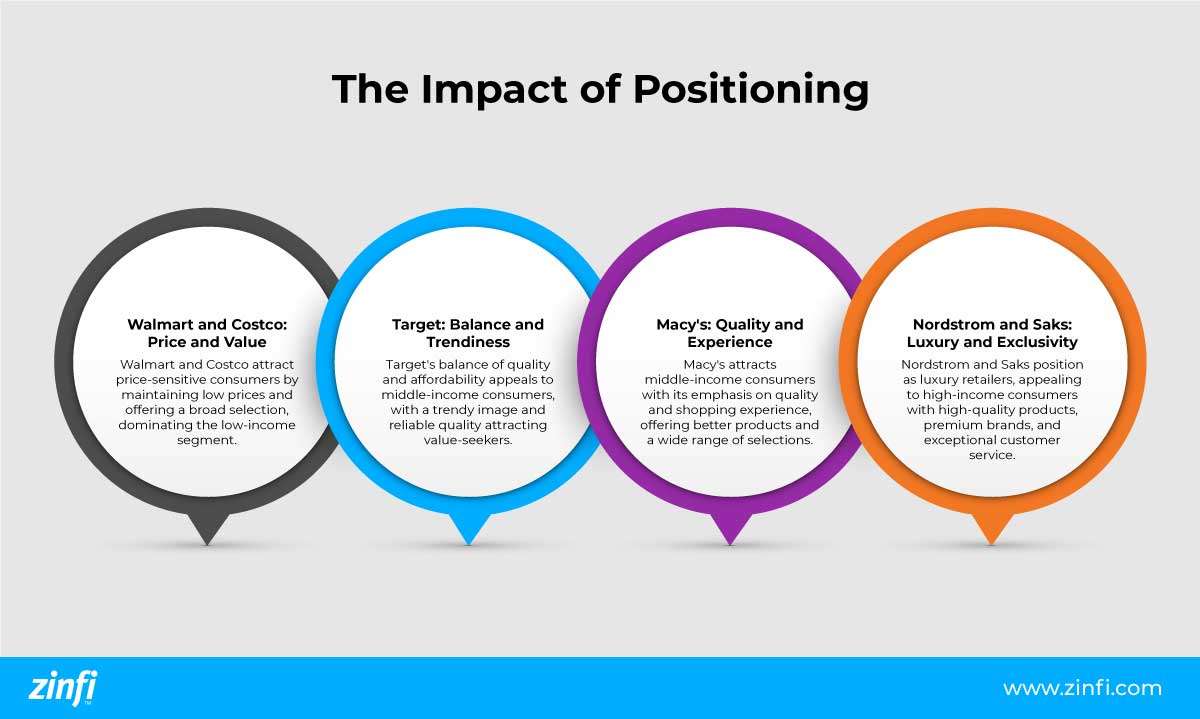
Consumer Preferences Matrix
Below is a matrix showing how different retailers score across the key buying drivers for different income segments:
| Attribute | Costco | Walmart | Target | Macy's | Nordstrom | Saks |
| Brand | 4 | 4 | 4 | 4 | 2 | 1 |
| Quality | 2 | 3 | 1 | 1 | 1 | 2 |
| Price | 1 | 2 | 3 | 3 | 4 | 4 |
| Selection | 3 | 1 | 2 | 2 | 3 | 3 |
Extending to B2B SaaS Products
The principles of consumer preferences and positioning can be extended to B2B SaaS products, particularly those priced between $10,000 to $1 million, targeting companies with revenues from $1 million to hundreds of millions. In this context, the four buying drivers can be translated as follows:
- Brand: Analyst ratings (e.g., Gartner, Forrester) and user reviews (e.g., G2 Crowd).
- Quality: Look and feel, ease of use, and user experience.
- Price: Total cost of ownership, including upfront costs, implementation, and maintenance.
- Selection: Feature depth and breadth.
Small Businesses (Low-Income Segment Equivalent)
For small businesses with annual revenues around $1 million, price is a significant factor, but brand and quality are also essential.
- Price: Small businesses are highly sensitive to pricing, including total cost of ownership. They look for B2B SaaS solutions that provide maximum value at a lower cost.
- Brand: Trusted brands with positive reviews and strong analyst ratings provide assurance.
- Quality: Ease of use and implementation are critical, as these businesses often need more IT resources.
- Selection: A robust feature set is important, but not at the expense of usability and cost.
Mid-sized Companies (Middle Income Segment Equivalent)
Mid-sized companies with revenues ranging from $10 million to $100 million balance their choices between price, quality, and brand.
- Price: These companies are willing to invest more for better quality and features but still consider the total cost of ownership.
- Brand: Well-known B2B SaaS providers with high ratings and reviews attract this segment.
- Quality: They seek high-quality solutions that offer ease of use and good user experience.
- Selection: A broad feature set that supports their growing needs is crucial.
Large Enterprises (High Income Segment Equivalent)
Large enterprises with revenues in the hundreds of millions prioritize quality and brand over price.
- Brand: They prefer top-tier B2B SaaS providers with strong market presence and excellent ratings.
- Quality: High-quality solutions that integrate seamlessly with their existing systems and provide an exceptional user experience are vital.
- Price: While cost is considered, it is secondary to quality and brand.
- Selection: Comprehensive feature sets that support complex and large-scale operations are essential.
The Impact of Positioning in B2B SaaS
Positioning in the B2B SaaS market requires aligning with the priorities of different business sizes:
For Small Businesses
B2B SaaS providers targeting small businesses should emphasize affordability and value. Highlighting positive user reviews and analyst ratings can build trust, while showcasing ease of use and essential features ensures these businesses feel supported.
For Mid-sized Companies
Providers targeting mid-sized companies should balance cost with quality and feature depth. Demonstrating strong brand reputation, quality user experience, and comprehensive feature sets will attract this segment.
For Large Enterprises
For large enterprises, B2B SaaS providers should focus on delivering high-quality, scalable solutions with excellent brand reputation. Emphasizing the seamless integration of features and the overall quality of the user experience will be key to winning this segment.
Conclusion
Understanding how income segments drive consumer choices based on the same set of buying drivers is crucial for retailers and SaaS providers aiming to optimize their market positioning. By aligning their strategies with the priorities of their target segments, businesses can better attract and retain customers. The comparison between B2C retail and B2B SaaS highlights the importance of tailoring positioning strategies to meet the specific needs of different customer segments. Whether in retail or B2B SaaS, a well-crafted positioning strategy that resonates with the target audience can significantly enhance market competitiveness and customer loyalty.
Strategic Insights
Retailers and B2B SaaS providers can leverage these insights to refine their marketing and operational strategies. By understanding the nuanced preferences of different income and business segments, businesses can tailor their offerings to meet the specific needs of their customers, thereby enhancing customer satisfaction and loyalty. This approach not only drives sales but also fosters long-term customer relationships, ensuring sustained growth and success in a competitive market. Read more on marketing strategies.
Best Practices Guidebook
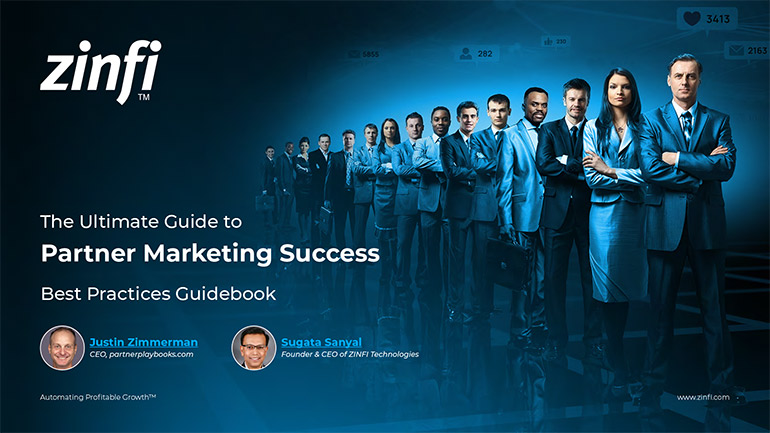 The Ultimate Guide to Partner Marketing Success Best Practices
The Ultimate Guide to Partner Marketing Success Best PracticesDownload Guide
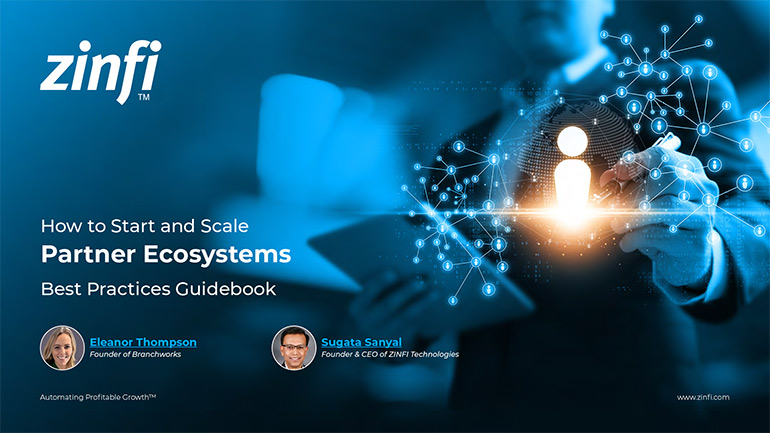 How to Start and Scale Partner Ecosystems Best Practices
How to Start and Scale Partner Ecosystems Best PracticesDownload Guide
 The Evolution of PartnerOps: Past, Present & Future Best Practices
The Evolution of PartnerOps: Past, Present & Future Best PracticesDownload Guide
 Mastering Channel Sales: Strategies, Best Practices, and Growth Tactics for 2025
Mastering Channel Sales: Strategies, Best Practices, and Growth Tactics for 2025Download Guide
 Winning with Partner Advisory Councils: Best Practices for Partner Engagement & Growth
Winning with Partner Advisory Councils: Best Practices for Partner Engagement & GrowthDownload Guide
 The Future of Partner Ecosystems Best Practices
The Future of Partner Ecosystems Best PracticesDownload Guide
 The AI Revolution: How Technology and Talent are Shaping the Future
The AI Revolution: How Technology and Talent are Shaping the FutureDownload Guide
 Top 105 Partner Management Metrics that Matter Best Practices
Top 105 Partner Management Metrics that Matter Best PracticesDownload Guide
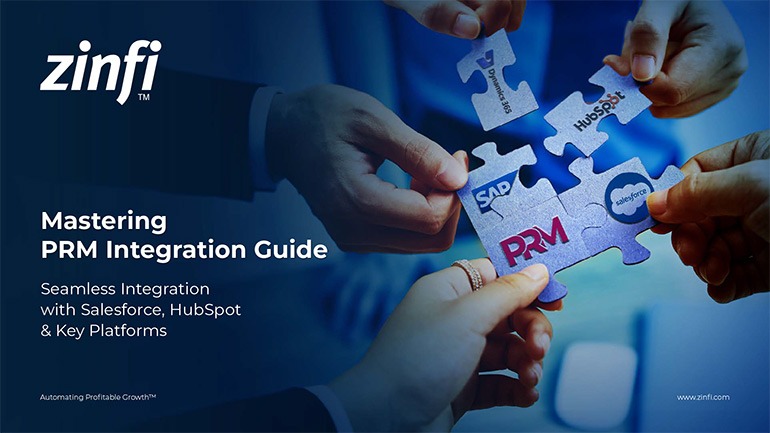 Mastering PRM Integration Best Practices
Mastering PRM Integration Best PracticesDownload Guide
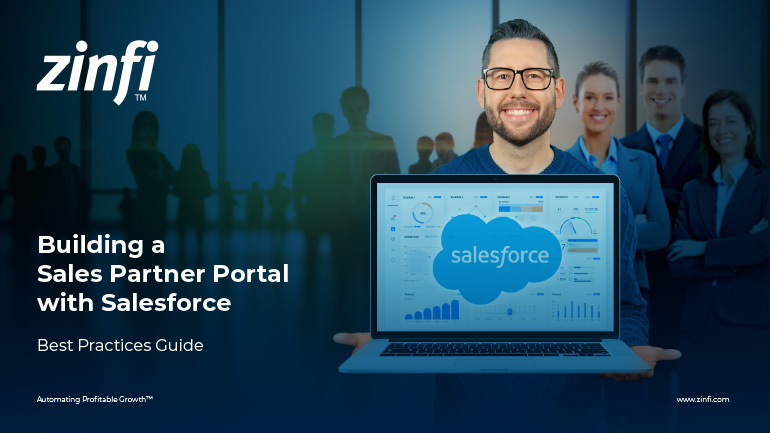 Building a Sales Partner Portal with Salesforce Best Practices
Building a Sales Partner Portal with Salesforce Best PracticesDownload Guide
 Building and Managing Partner Ecosystems Best Practices
Building and Managing Partner Ecosystems Best PracticesDownload Guide
 Mastering Co-Marketing and Co-Selling Best Practices
Mastering Co-Marketing and Co-Selling Best PracticesDownload Guide
 Transforming Partner Ecosystems Best Practices
Transforming Partner Ecosystems Best PracticesDownload Guide
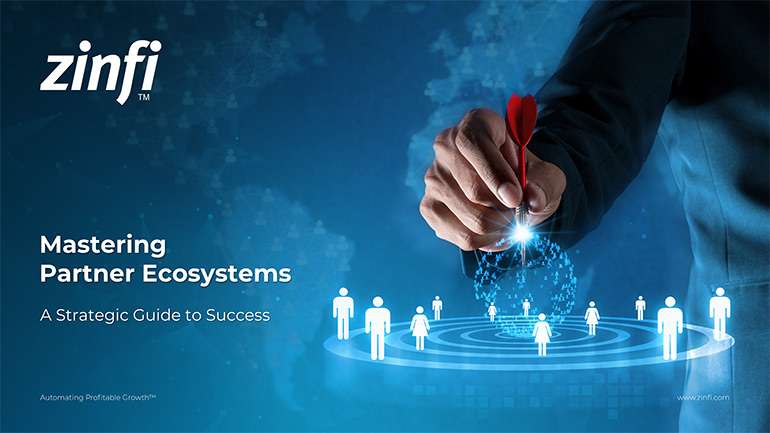 Mastering Partner Ecosystems Best Practices
Mastering Partner Ecosystems Best PracticesDownload Guide
 Mastering Partner Onboarding Best Practices
Mastering Partner Onboarding Best PracticesDownload Guide
 Partner Ecosystem Management Best Practices
Partner Ecosystem Management Best PracticesDownload Guide
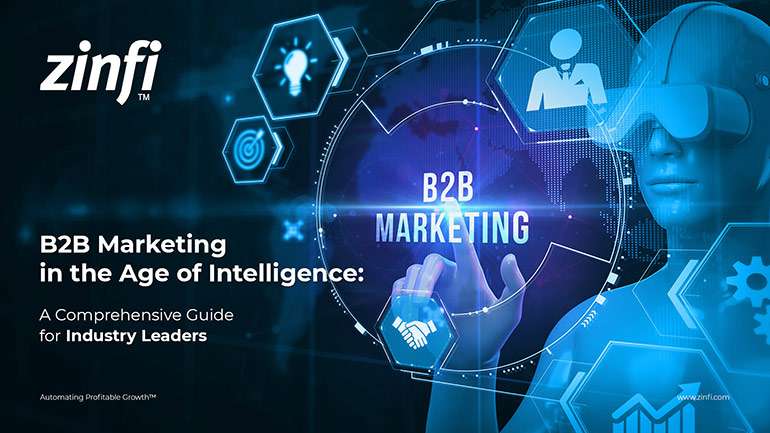 B2B Marketing in the Age of Intelligence Best Practices
B2B Marketing in the Age of Intelligence Best PracticesDownload Guide
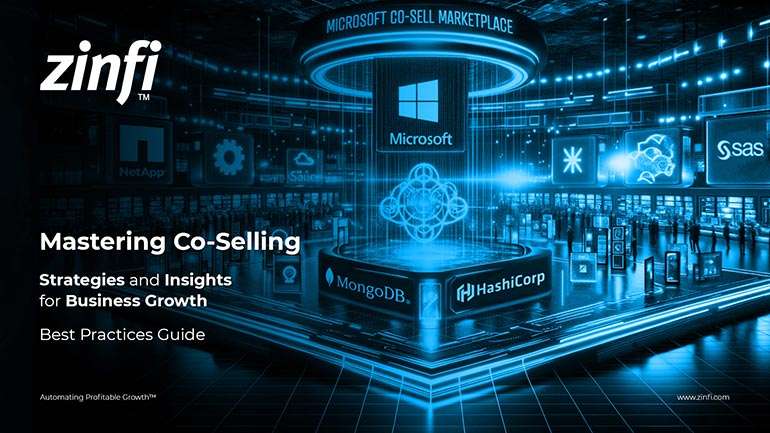 Multi-Partner Co-Selling Best Practices
Multi-Partner Co-Selling Best PracticesDownload Guide







